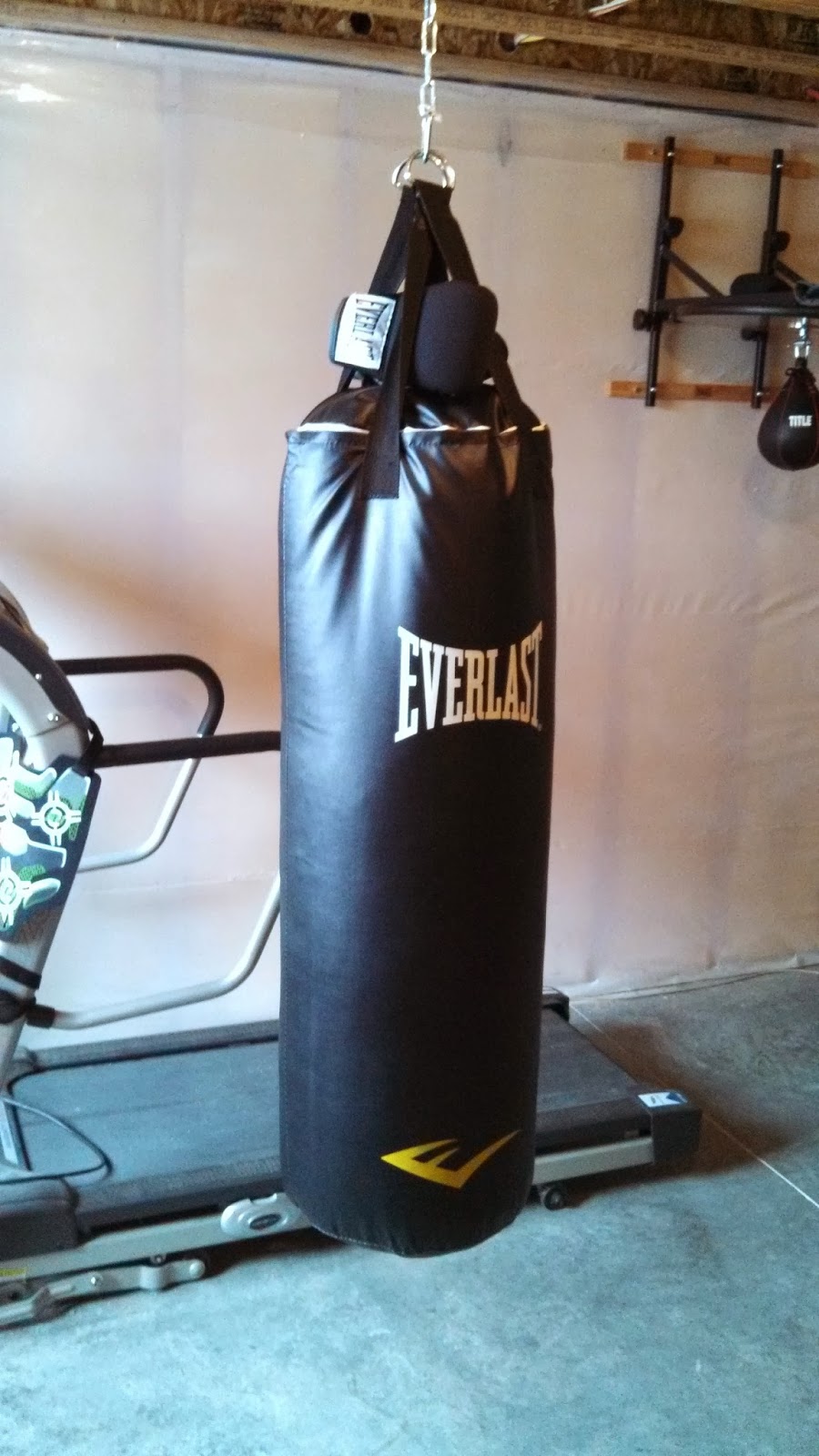Unpacking the Punch: What's Inside a Punching Bag?
Have you ever stopped mid-punch and wondered, "What's actually inside this thing?" The composition of a punching bag is more than just stuffing; it's a carefully chosen material designed for optimal impact absorption, durability, and training effectiveness. Understanding the contents of your punching bag can significantly impact your training experience, preventing injuries and maximizing your workout.
Punching bags aren't just sacks filled with random materials. The contents are strategically selected based on factors like the bag's intended use (boxing, Muay Thai, fitness), the user's skill level, and desired resistance. Common fillers range from tightly packed textiles like shredded fabric and cotton to denser materials like sand, sawdust, or even water. The choice of filling dictates the bag's weight, feel, and how it reacts to impact.
Historically, punching bags have been filled with a variety of materials, reflecting available resources and evolving training methods. Early versions might have contained sand, rice, or even beans. As technology advanced, so did the materials used in punching bag construction, leading to more consistent and durable fillings. Understanding the evolution of punching bag fillings provides context for the diverse options available today.
The importance of knowing the composition of your punching bag cannot be overstated. A bag filled with too-hard a material can lead to hand and wrist injuries, while a bag that's too soft won't provide adequate resistance for effective training. Choosing the right filling is crucial for optimizing your workouts and achieving your fitness goals, whether you're a seasoned boxer or a fitness enthusiast.
One common issue with punching bag fillings is settling. Over time, materials like sand or sawdust can compact at the bottom, creating a hard, uneven surface. This can not only affect the bag's performance but also increase the risk of injury. Regular maintenance, including rotating the bag and refilling if necessary, is essential to address this problem.
Different types of punching bags cater to various training needs. Heavy bags, often filled with sand or a combination of materials, are ideal for power training and developing striking techniques. Speed bags, typically filled with air, focus on hand-eye coordination and speed. Understanding the relationship between punching bag type and its filling is crucial for selecting the right equipment for your training goals.
Choosing the right punching bag filling is paramount for an effective and safe workout. For beginners, softer fillings like shredded textiles or foam offer better impact absorption, reducing the risk of injury. Experienced athletes might prefer denser fillings like sand or water for a more challenging workout. Consider your skill level and training objectives when selecting your punching bag filling.
A key benefit of understanding punching bag composition is injury prevention. Using a bag with the appropriate filling for your skill level can minimize the risk of hand, wrist, and joint injuries. Another advantage is improved training effectiveness. A well-filled bag provides the right resistance for developing power, speed, and technique. Lastly, knowing your bag's contents allows for proper maintenance, ensuring its longevity and optimal performance.
Advantages and Disadvantages of Different Punching Bag Fillings
| Filling | Advantages | Disadvantages |
|---|---|---|
| Shredded Textile | Good for beginners, absorbs impact well | Can compact over time, requires refilling |
| Sand | Provides dense resistance, durable | Can be hard on hands, settles over time |
| Water | Offers a unique feel, conforms to punches | Can leak, requires specific bag type |
Frequently Asked Questions about Punching Bag Fillings:
1. What is the best filling for a heavy bag? This depends on your training level and goals, but sand and shredded textile combinations are popular choices.
2. Can I fill my own punching bag? Yes, but ensure you use appropriate materials and packing techniques.
3. How often should I refill my punching bag? Depending on usage and filling type, refilling might be necessary every few months or years.
4. What's the difference between sand and water filling? Sand provides a more solid, resistant feel, while water offers a unique, shifting resistance.
5. Can I mix different filling materials? Yes, some people mix materials to achieve a desired density and feel.
6. How do I prevent my punching bag filling from settling? Regular rotation and proper packing techniques can help minimize settling.
7. What is the best filling for a speed bag? Speed bags are typically filled with air.
8. Where can I buy punching bag filling? Sporting goods stores or online retailers.
Tips and Tricks: Regularly rotate your bag to prevent settling. Use hand wraps to protect your hands and wrists. Choose a bag weight and filling appropriate for your skill level.
In conclusion, understanding what's inside a punching bag is crucial for effective and safe training. From the historical evolution of fillings to the modern-day options, the contents of your punching bag play a significant role in your workout experience. By carefully considering the different filling materials, their benefits, and potential drawbacks, you can choose the right punching bag for your needs and maximize your training potential. Don't just punch—punch smart! Know your bag, train effectively, and achieve your fitness goals with confidence. Take the time to research different punching bag types and fillings to optimize your training regimen. Remember, the right equipment can make all the difference in your progress and overall fitness journey.
Jail las vegas nicole sittre
Boston garden concert seating chart
Banish boredom easy drawings to conquer homebound ennui













